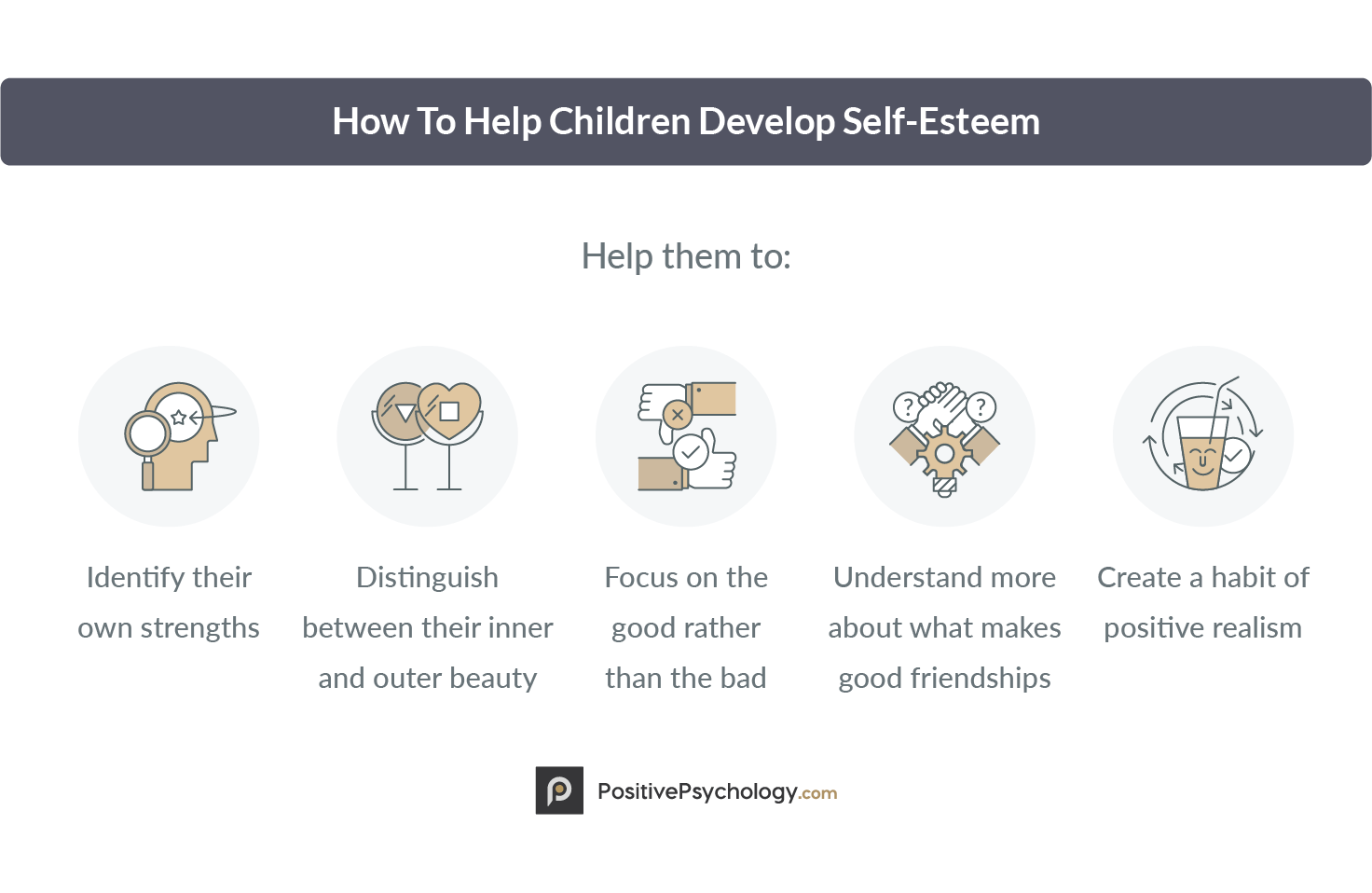For this blog I chose to focus on motivation. I believe motivation is essential with any kind of learning. Educators should find ways to motivate their students. Of course, motivation will vary for each student. Something that motivates one student might not work with another. Without motivation is sticky learning even possible? Yes, the student might "learn" the material, but how much of this will they really retain. We want our students to want to learn.
A personal experience I have with motivation relates to my prior job as an educational assistant. I worked as an Educational Assistant and worked one-on-one with a grade 3 student. The student was diagnosed with ASD and anxiety disorder. School was definitely not her favourite. I had to motivate her just to be present in the classroom. As an educator it was my responsibility to find things that interested this student and essentially reward her with this motivational object. I set up a reward system. The student worked for 5 checkmarks. If the student had a good day she would receive her checkmark, if not she would receive an X.
After every 5th checkmark, the student would receive her prize. This specific student liked soft and yellow objects. The first few weeks of school this object was what motivated her stay in the classroom. After this goal was achieved, we would move on to other goals. This went on throughout the school year. There was always something we could improve on and using motivation was a way to help this student want to get there.
In retrospect, everyone needs to feel motivated. As adults we are motivated to work, so that we can get paid every other week, so that we can buy and do things we enjoy. As future educators we must use motivation to help our students achieve the great things they want to and can achieve.
Here is a
motivational link to brighten everyone’s day:
Brought to you by: Maria T@NU














